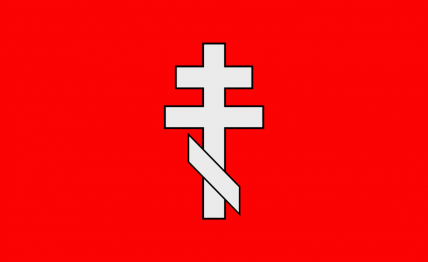[DO NOT REMOVE : Voltaire]Masquerade.
Application
Nationstates Name Parcia
Nation Name The United States of America
Flag
National Anthem Isn't one yet
Capital Washington DC, Virginia, though most government functions still occur in Philadelphia as the move is one going.
Type of Government representative democracy under a presidential system
Head of State(s) George Washington as president with John Adams serving as Vice President
Image of Leader wip
Political Faction or Party in Power [Basically the powers that be in your nation] none, yet.
Population 3,850,563
Religion Breakdown majority prosistant with significant Catholic enclaves
Public Goals Ease the tension with the native tribes of the Appalachian mountains and great lakes nations, recover the still bloody attitude with Great Britain.
Private Goals Secure American trade lanes with Europe, specifically access to France and the mainland. Deal with encroachment by the Royal Navy.
Map Claims The original 13 colonies and territories actually in possession of the US by Jan 1st, 1791
Total military size roughly 60,000 musterable men
Breakdown of army
While various state and regional Militias exist and infact form a large core of recruitable strength, the current standing of the United States army states that each state is required to keep at least one Battalion of men, roughly 1150, standing at arms and in good order across a series of fortified encampments, block houses, and forts.
This is to ensure the Army has the ability to muster quickly and respond to any regional or local threat quickly enough to act as a blocking or harassment force until further reinforcements can arrive.
This does not include the First Regiment of Dragoons, which constitute the US's primary quick reaction force. Comprised of roughly 3,600 mounted riders, these men are equiped and trained to act more like mounted riflemen and are spread at mid company strength across key points along major road ways, along ports and the mountains to provide rapid support, recon, and when amassed in appropriate numbers, a battlefield role similar to the British Dragoons they are patterned off of.
Breakdown of navy The nature of the Continental Navy, while ad hoc and rarely decisively successful, showed the strength and possible capabilities of an American navy, leading to the establishment of the Department of the Navy in 1781 after a slime vote in the house of representatives and much Championing by General Washington.
This has led to a good deal of restructuring of the Navy in to something more resembling a proper navy then the ad hoc force of armed merchantmen with letters of marque.
Currently based out of the recently commissioned Norfolk Naval Yard and the port of New York, the Navy sports two squadrons of ships, one 6 ship squadron consisting of a pair of 38 gun Frigates leading 4 smaller armed sloops, guarding the vital trade ports of New York while Norfolk boast three frigates, all 36 gun rated vessels supported by 5 smaller 5th and 6th rates.
Boston harbor is home to a still largely Adhoc flotilla of armed merchantmen and the Navy does keep around 120 armed merchantmen on retainer for rapid commissioning I'm to the Navy though vary few of these vessels would be considered rated warships by any standard.
The United States Marine Corps was established on the 10th of November, 1775 and has continued to serve, at roughly 2000 straight regiment spread out across the fleet, since it's inception as the Continental Marine corps and it's re designation on the 10th of November, 1789. Marines act at boarding, ship security, and much to the chagrin of enemy naval crews, capable Marksmen.
Currency US Dollar, officially. However the low level of mintage and depreciation of printed paper currency means the Minted Spanish Reall and British Pound Sterling remain the most popular coinage used.
Major import/export partners Britain and it's Canadian Territory, France, and Spain.
Major Domestic Issues
Easily the biggest issue concerns Slavery, the tenuous relationship with the local native tribes.
Major Foreign Issues The tenuous trade and diplomatic relationship with Europe amid it's tumultuous events.
History WIP, but the history is OTL until 1781 with the creation of the Department of the Navy. More to come.
Roleplay example link











